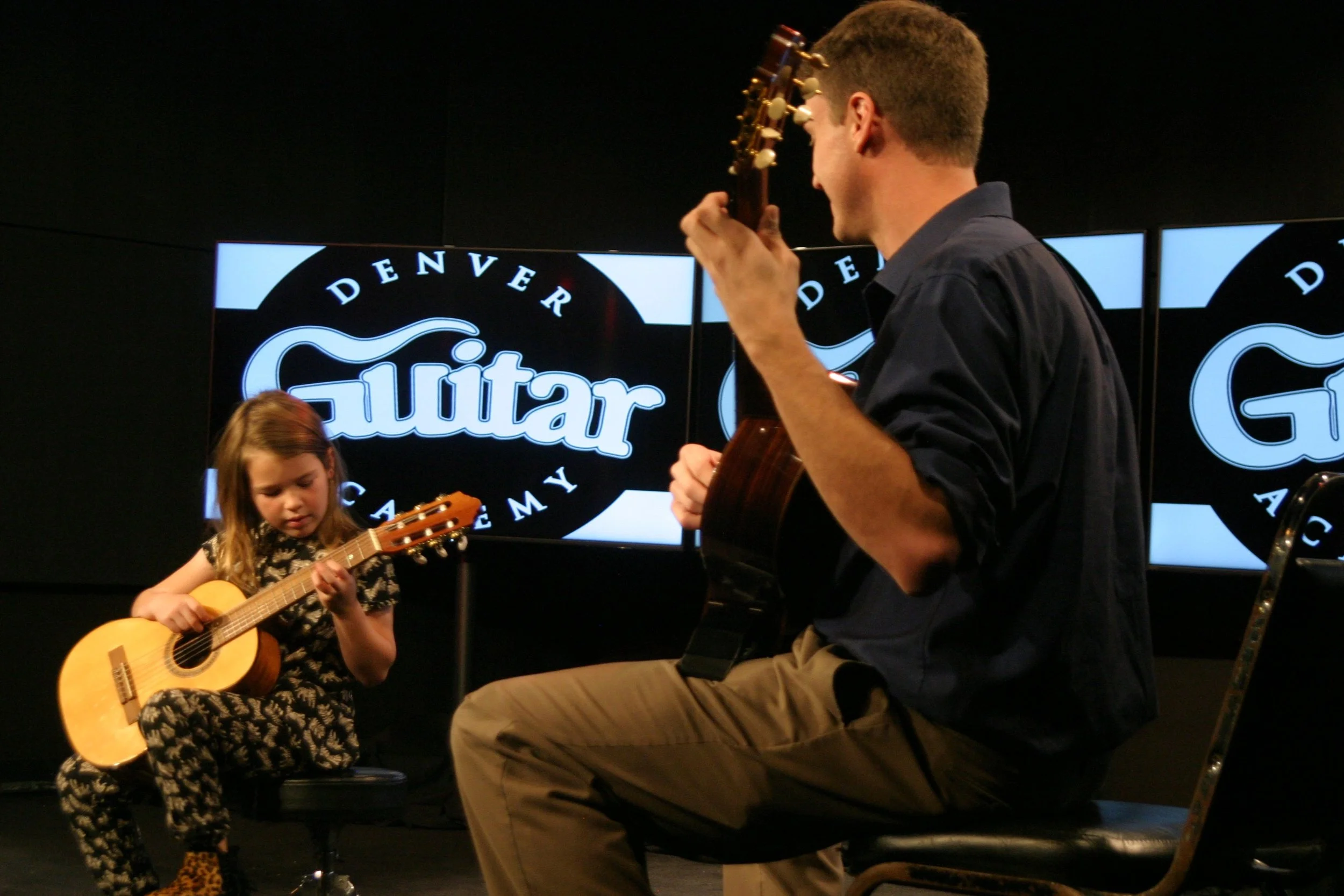
The Suzuki Triangle
(from the Macphail Center for Music’s website):
The Suzuki Method is built around the premise that the parents are the best educators of their children. This is proven every day when we hear young children who speak their native language with an extremely high level of expertise.
THE ROLE OF THE TEACHER: When a family embarks on the “Suzuki Musical Journey” the parents usually don’t know as much about teaching music to their child as they do about teaching them how to talk! So they hire an expert to teach them how to apply this Mother Tongue Method to the teaching of music. Therefore, the Suzuki teacher’s primary role is to be an example and role model for the child and parent. The parent learns from the teacher how to teach music to the child. The child learns how the instrument should sound and what good posture should look like and feel like. The teacher also exemplifies and embodies the positive Suzuki philosophy and teaches the parents how to practice with the child in a positive and motivating way. The typical Suzuki teacher has at least one college degree in music, has a love for young children and teaching, and has experience teaching individuals and groups.
THE ROLE OF THE PARENT: The parent learns many things from the teacher: how to hold the instrument (or sit correctly at the piano), how to play the instrument or how to produce sound, how to produce good tone, how to change pitch, how to practice, how to ask for things in a positive way and how to get sufficient repetitions to build skill. They also learn how to get regular practice to happen, and how to make the listening a regular part of the child’s day. Later, they also learn how to read music notation and rhythm. The parent continually models the home practice after the lesson and imitates the teacher’s positive attitude and teaching methods while applying their own knowledge and expertise regarding their child. The typical Suzuki parent is very interested in how their child learns. They are looking for positive and innovative ways to help the child develop their potential. They are not typically trying to develop professional musicians or young prodigies. They want the best education and a way to participate in giving that to their child.
THE ROLE OF THE STUDENT: The Suzuki student has the wonderful opportunity to be involved with many caring adults. It is important that the student is not confused or “cared for” by too many of these adults at the same time! The student needs to understand that the parent looks to the teacher for instruction regarding the instrument and all of the skills listed above. He or she also needs to understand that the teacher is relying on the parent to help the student master the assignment at home. The typical Suzuki student is between the ages of three and six, although they may start at any age. Most of them are already listening to good music and attending concerts.
IN SUMMARY: All of the members of the triangle need to understand themselves as parts of a whole, working together on an interesting and worthwhile project. Communication between all members always needs to be open, honest, and forthright. Everyone needs to feel comfortable in their role and needs to feel comfortable asking questions if something doesn’t seem right.

